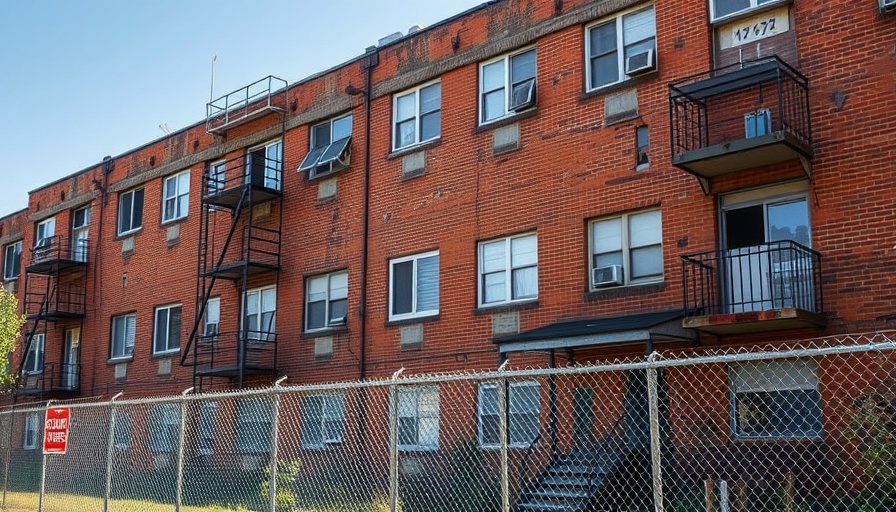
Understanding the Roots of Public Housing in America
Public housing in the United States, with roots that trace back to the New Deal era, has undergone a complex evolution shaped by social and political dynamics. Initially introduced in 1937 for job creation and slum clearance, public housing aimed to address severe housing shortages. However, it was also interwoven with practices of segregation, predominantly benefiting white, working-class families at the outset.
The Impact of Segregation and Discrimination
The initial intent of public housing took a troubling turn, as many projects were crafted under racially discriminatory policies. Harvard professor Richard Rothstein, in landmark works like The Color of Law, highlights how government actions inadvertently reinforced segregation. For example, the construction of the Techwood Homes in Atlanta forcibly displaced black families to create a whites-only neighborhood.
Policy Shifts and Their Consequences
As time passed, public perception began to skew negatively, viewing public housing as a last resort for society’s most vulnerable. This shift was exacerbated in the 1980s when policies began prioritizing privatization over public welfare, culminating in programs like HOPE VI. While HOPE VI was marketed as an urban renewal strategy, it resulted in the displacement of thousands and a drastic reduction in public housing stock.
Current Housing Crisis and the Resurgence of Public Housing
Today, the U.S. is grappling with a housing crisis exacerbated by years of underfunding and neglect. Recent data shows that millions of Americans are experiencing housing instability, especially in racially marginalized communities. In response, there is a renewed call for robust public housing initiatives, with policymakers advocating for housing as a fundamental right rather than a mere market commodity.
Legislators like Representative Alexandria Ocasio-Cortez and Senator Bernie Sanders are pushing for visionary proposals aimed at revitalizing public housing, particularly under their concept of a “Green New Deal for Public Housing.” This movement seeks to not only improve existing conditions but also to reimagine public housing as a proactive solution to the ongoing affordable housing crisis.
The Way Forward: Toward Inclusive Housing Solutions
The path forward requires learning from the past mistakes of the public housing system while forging innovative strategies that emphasize equity and inclusion. As initiatives emerge across various states striving for improved housing conditions, there is growing recognition of the need for governmental involvement to ensure comprehensive solutions that reach all layers of society. The push for social housing systems that prioritize community wellbeing over profit could mark a significant turning point in addressing America’s long-standing housing challenges.
 Add Row
Add Row  Add
Add 




Write A Comment